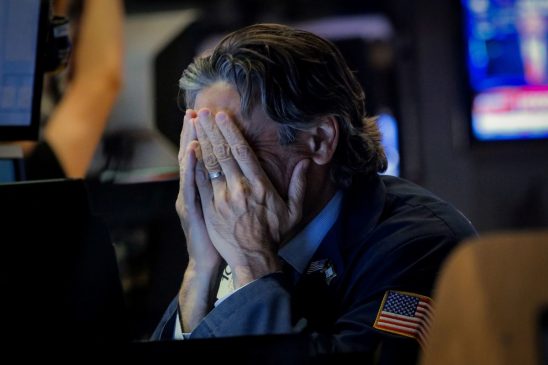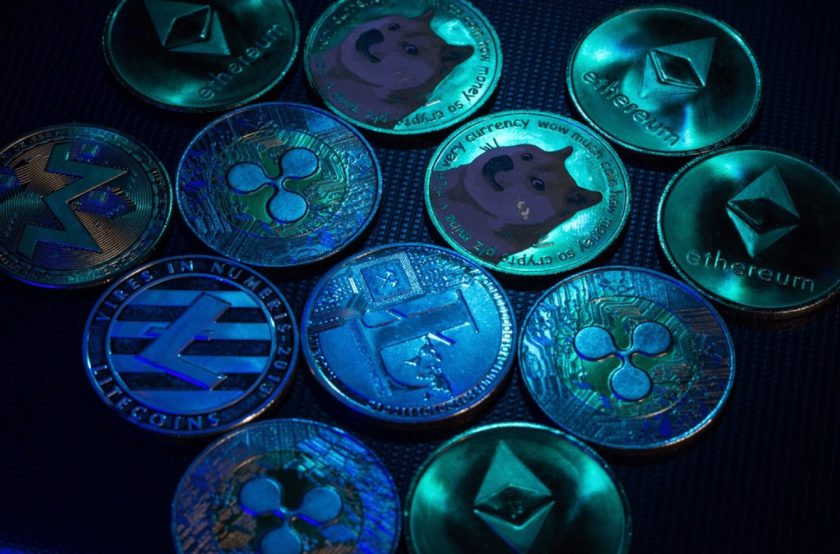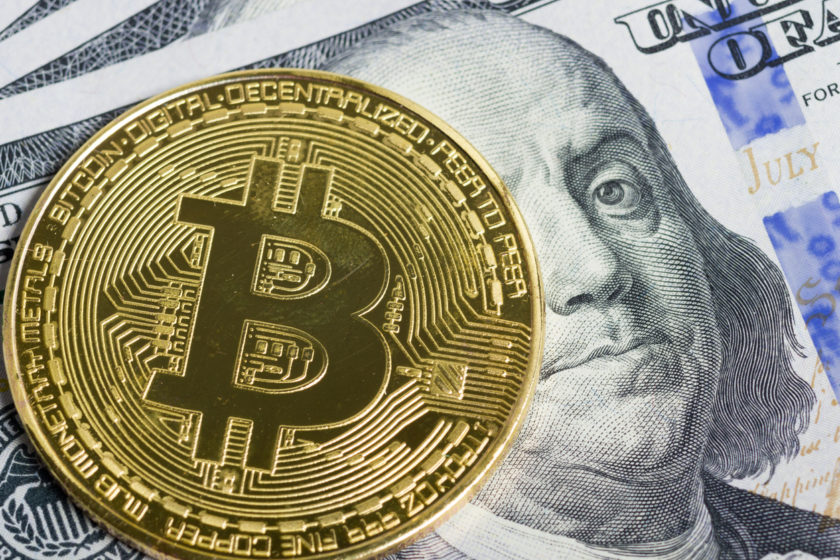- The Dow Jones Industrial Average (DJIA) surged after the Federal Reserve executed an emergency interest rate cut.
- But after suddenly pivoting higher, the stock market quickly erased its session gains.
- Here’s what’s driving the stock market’s volatile day.
Despite securing a historic rally yesterday, the Dow Jones Industrial Average (DJIA) lurched back into decline after the G-7 statement failed to deliver the stock market the central bank juice it craved.
That all changed 30 minutes after the opening bell. A surprise Federal Reserve policy action stunned investors, and the U.S. stock market quickly began ratcheting higher… only to succumb to a sudden bout of volatility that left the Dow paralyzed.
What’s Driving the Dow’s Choppy Day
The Dow’s initial pivot higher was directly tied to the Fed’s decision to slash its benchmark interest rate target by 50 basis points to a range of 1%-1.25%.
Noting that the coronavirus outbreak “poses evolving risks” to the “strong” U.S. economy, the Fed said:
The fundamentals of the U.S. economy remain strong. However, the coronavirus poses evolving risks to economic activity… The Committee is closely monitoring developments and their implications for the economic outlook and will use its tools and act as appropriate to support the economy.
The Fed’s next policy meeting is just two weeks away, but last week’s devastating stock market crash prompted the central bank to execute its first inter-meeting rate cut since the financial crisis.
It’s also the largest individual rate cut since 2008. The bank reduced rates three times last year to help the economy weather the trade war, but each of those actions only dropped rates by 25 basis points at a time.
Most analysts expect the Fed to drive rates even lower in the months ahead. ING predicts the Fed could adopt another 50 basis points in cuts during the first half of the year.
Dow Volatile After Emergency Fed Rate Cut
The Dow Jones surged in the immediate aftermath of the rate cut, though all three of the U.S. stock market’s primary indices struggled to maintain their sugar high in the hours that followed.
By 11:16 am ET, the Dow had not only erased its gains but fallen back toward its session lows. The index last traded at 26,461.43 for a loss of 241.89 points or 0.91%.
The S&P 500 and Nasdaq suffered similar fates, diving 0.69% and 0.63%, respectively.
The U.S. dollar plunged against the haven Japanese yen, and the rate cut also drove the greenback lower against the euro. The gold price surged just under 3% to $1,641.
Stock Market Fearful of ‘Fed Cat Bounce’
What accounts for the Dow’s frenetic response to the Fed’s emergency rate cut?
The policy action caught Wall Street off-guard because this morning’s G-7 statement failed to call for coordinated central bank easing to mitigate the economic impact of the coronavirus outbreak.
Officials from G-7 nations vowed to “use all appropriate tools to achieve strong, sustainable growth and safeguard against downside risks,” but they stopped short of recommending specific policy actions.
Low interest rates typically spur economic growth and increase the stock market’s temperature. That’s why President Donald Trump has spent so much time – and so many tweets – urging Jerome Powell and the Fed to drive rates down to zero.
It is an election year, after all.
But there’s substantial debate about whether interest rate cuts will do much to fortify the economy against the specific risks presented by the coronavirus outbreak. As CNBC analyst Jim Cramer quipped Monday:
Unless the Fed can create a vaccine or beat the virus, then it really doesn’t matter.
Just this morning, the principal deputy director of the Centers for Disease Control and Prevention warned Congress that coronavirus already meets two of the three main criteria for a “global pandemic.”
Wall Street is clearly struggling to evaluate the precise downside risks that the outbreak presents. And while the timing of the emergency rate cut was a surprise, the action itself had already been priced in.
Then again, maybe investors are just worried about falling prey to a “Fed cat bounce.”
This article was edited by Sam Bourgi.




